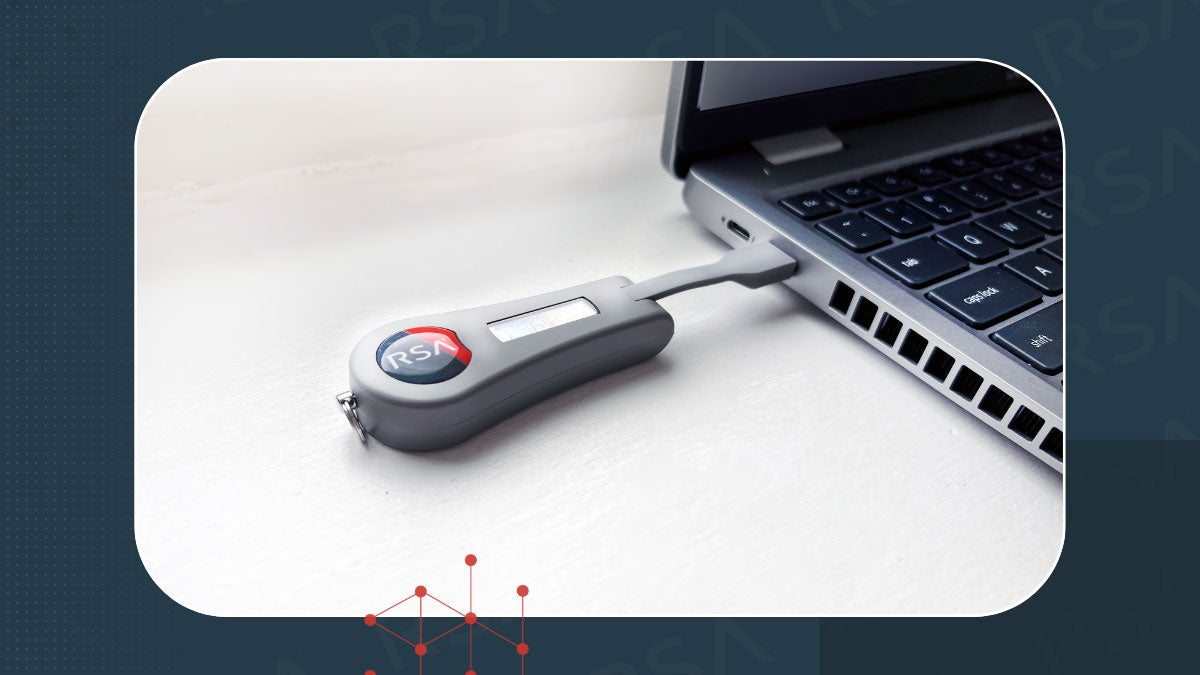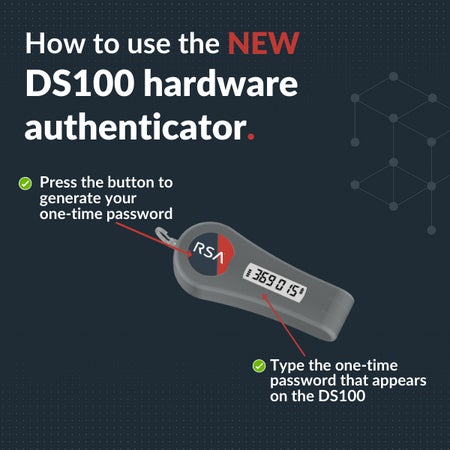
2022 has seen an array of high-profile cyberattacks so far, including many that started with stolen credentials. Uber, the North Face, DoorDash, Microsoft, Okta, and Marriott are among the many targeted in 2022 by hackers using phishing attacks, social engineering, and other exploits to get their hands on usernames, passwords, and secured data.
And while credentials-related breaches are nothing new—Verizon has been tracking them since 2008 in its annual Data Breach Investigations Report, which found that passwords were one of the leading causes of all data breaches every year for the last 15 years—the problem is getting worse. One recent report indicated 84% of organisations in a national survey had experienced an identity-related attack.
It’s time for passwords to go
Given how pervasive identity-based attacks have become, the obvious question is how this trend can be reversed. And the obvious answer is to stop relying on the old, familiar username/password combination to verify identities. As long as organisations depend primarily on passwords for authentication, the number of these attacks will continue to rise. Passwords are simply too attractive for cyber-criminals to ignore.
Fewer passwords mean better security.
The DS100 eases the transition
Unfortunately, use of passwords, is deeply entrenched. Companies have been relying on them for decades, so passwords aren’t not going to go away overnight. One of the best ways we can think of to support organisations in pursuing passwordless authentication is to make it easier for them to make the transition to passwordless methods. Introducing the new DS100 authenticator.

Intelligent authentication
The DS100 represents an important asset in reducing the risk of passwords and improving authentication.
The next step in improving authentication is integrating intelligence: the best authentication is the kind that users don’t need to perform at all.

Thank you for your sharing. I am worried that I lack creative ideas. It is your article that makes me full of hope. Thank you. But, I have a question, can you help me?